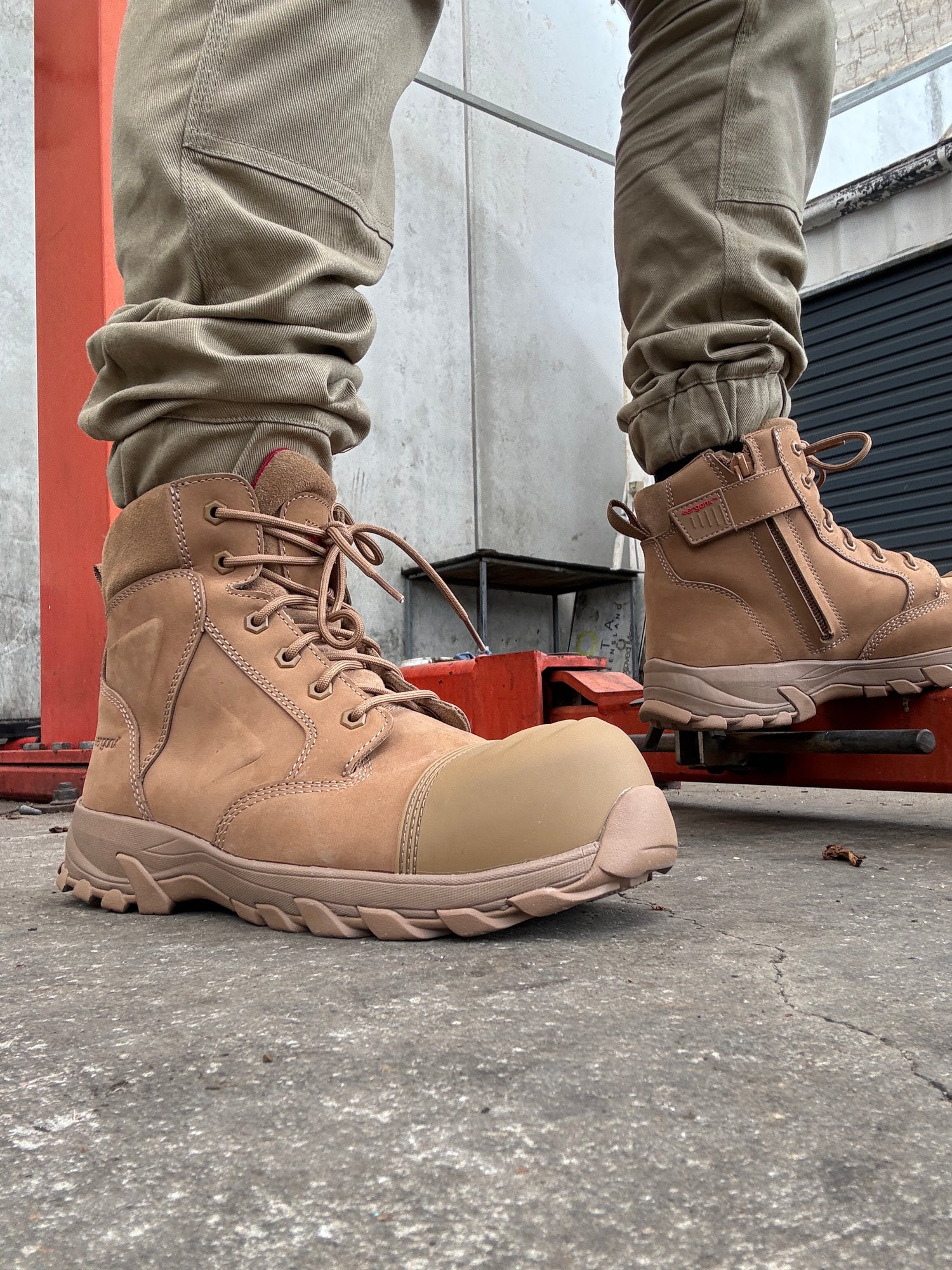HOME/ FOOT HEALTH / WHY DO MY HEELS HURT IN THE MORNING
Waking up with heel pain can be frustrating and uncomfortable. Many individuals wonder why their heels hurt more in the morning than the night before. The most common cause? A common condition called plantar fasciitis.
In today's blog post, we discuss the most frequent causes of morning heel pain, including plantar fasciitis, and highlight treatment options that you can employ to alleviate the discomfort.

First things first: what is plantar fasciitis?
Plantar fasciitis is inflammation of the ligament called the plantar fascia. This ligament stretches from the heel to the toe along the bottom of the foot. When the foot rolls inwards too much (overpronation) or when the arches collapse, the plantar fascia stretches and undergoes a lot of stress. As a result, the area where the ligament attaches to the heel bone becomes irritated. Plantar fasciitis pain is often described as severe pain in the bottom of the foot near the heel.

The morning heel pain phenomenon
Why do my heels hurt the most in the morning?
This is a very common question posed by individuals suffering from plantar fasciitis. Morning pain is a classic symptom of the condition and it can be explained by how ligaments behave when we sleep. At night, ligaments cool down and shorten. Upon taking your first steps in the morning, the foot's ligaments will then stretch out again, causing sudden pain. As the ligament warms up with movement, the pain gradually subsides.

How can I treat plantar fasciitis?
There are several home remedies that can be used to relieve pain caused by plantar fasciitis.
Supportive footwear
Wearing well-fitting shoes with arch support is essential. Look for shoes that provide cushioning and stability to reduce the strain on the plantar fascia. Also ensure there is enough room at the front of the shoe for your toes. Shoes that crowd the toes together should be avoided.
Orthotic inserts
Soft, supportive orthotic insoles can be used on the inside of your shoes to provide additional support and shock absorption. They distribute pressure more evenly along the foot. Foot orthoses can also address specific biomechanical abnormalities, such as overpronation (rolling inward) or supination (rolling outward) of the foot. In some situations, custom orthotics are needed in addition to supportive shoes.
Calf stretches
Calf tightness is one of the most common risk factors for plantar fasciitis. Regularly stretching the calf muscles can help alleviate tension in the plantar fascia.
Manual physical therapy
Massaging the feet and lower legs can improve flexibility and promote healing. Physical therapy is often used to improve blood flow and relax the muscles.
An icing regimen
Applying ice to the affected area can help reduce inflammation and relieve pain. We recommend applying it for 15 to 20 minutes at a time, several times a day. Icing provides some form of instant relief but it is not a cure. Combine it with other treatment options for the best results.

What if the above treatment options fail?
In severe cases, cortisone injections or surgery may be considered. However, these options are reserved for cases that do not respond to conservative treatments. Individuals who have been experiencing long periods of pain (more than 6 to 12 months) may consider surgical intervention.
Tackling plantar fasciitis from all sides
Understanding how the plantar fascia becomes inflamed in the first place is key to preventing heel pain. If, however, you do find yourself suffering from a persistent bout of plantar fasciitis, using a combination of treatment methods is the best way to get you back up and moving again. Supportive shoes, orthotic inserts, stretching exercises, and self-care measures can usually improve most overuse injuries. If the pain continues or worsens, seek help from a healthcare professional to explore further options.
Our team here at Ergonx is always happy to answer any questions you may have about your foot health. You can reach out to us by commenting below or visiting ergonx.com.au!


